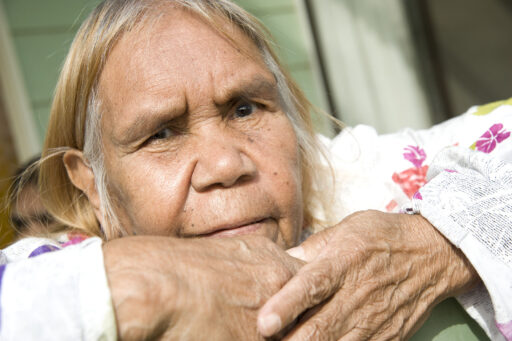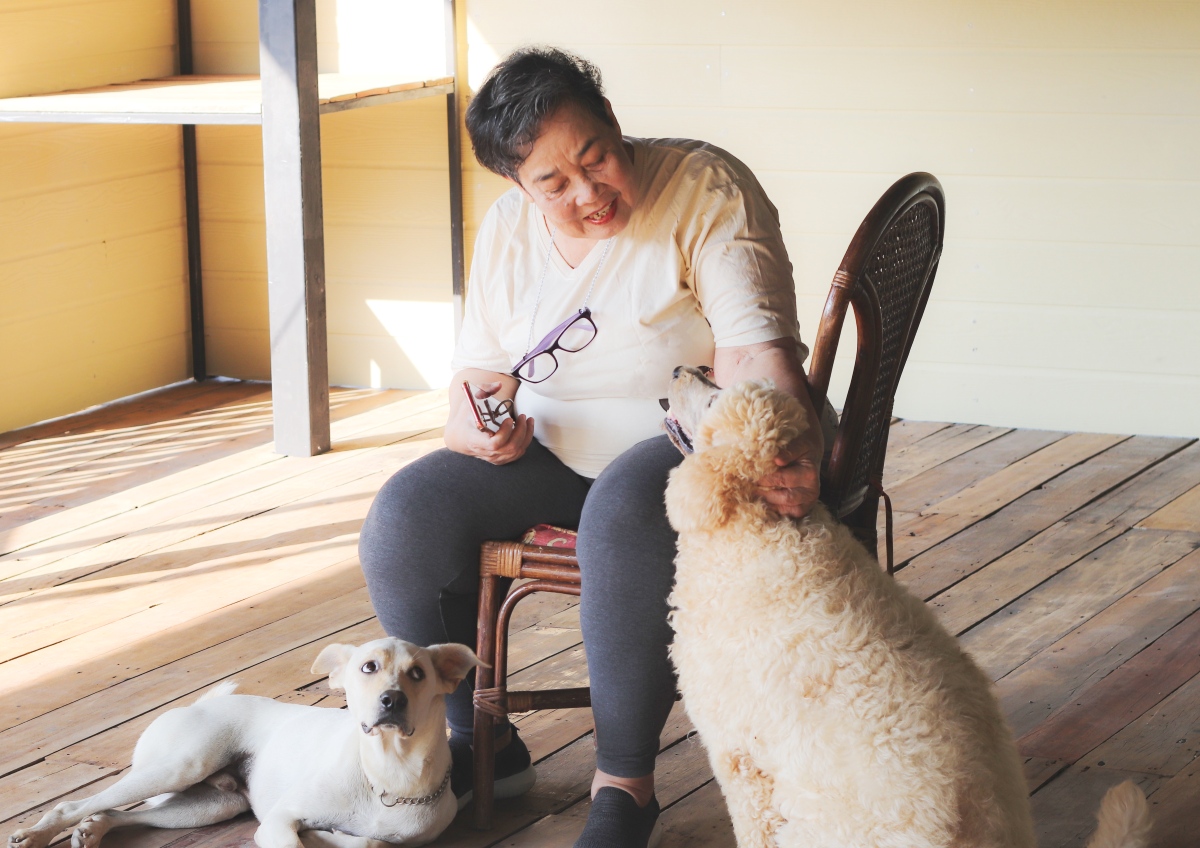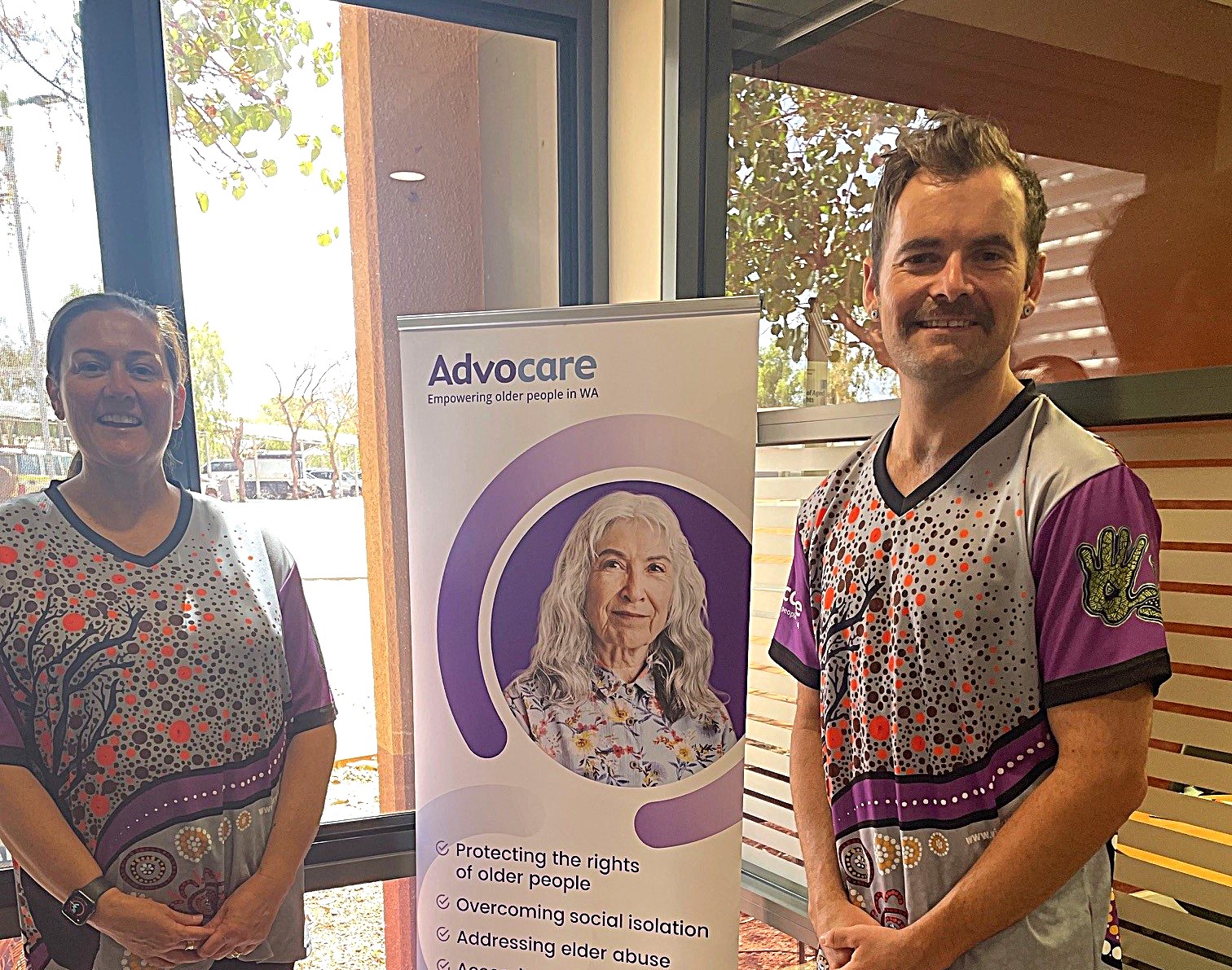Coercive control is a manipulative form of abuse that can start off innocently by the abuser before becoming ingrained in controlling behaviour. Often it’s the people closest to them perpetrating the abuse. When an older person realises they are victims of coercive control, they may genuinely wonder how it happened.
This leaves older people in an extremely vulnerable position for two reasons:
- As suggested, they may not realise they are experiencing abuse or mistreatment, making them less likely to seek help.
- They are aware of what’s happening but choose not to seek help to maintain a relationship with the abuser.
To complicate matters, older people have the right to get help, but they also have the right to not seek it. Since most older people are harmed by someone they know and love (1), acknowledging the abuse can seem overwhelming. A strong sense of shame often pervades coercive control victims. This is especially true of older people from culturally and linguistically diverse (CALD) backgrounds or Aboriginal and Torres Strait Islander people where family honour is a central part of the culture.
Why older people are reluctant to report abuse
- Concern about being a burden on their adult children
- Limited alternative options for support, especially if abuse is from a spouse or family member
- Threats that help will be withdrawn if the older person doesn’t comply with financial or property requests
- Lack of confidence the older person’s concerns will be taken seriously
- Fear of the consequences of standing up for their rights and speaking up, such as being sent to an aged care home or being restricted from seeing grandchildren
- Fear they won’t be believed if abuse has been ongoing, and they haven’t reported it earlier (2).
Deceptive nature of coercive control
Coercive control is frequently mixed with loving behaviour from the perpetrator, especially in the early stages of abuse. This inconsistency, and the fact it frequently does not involve physical violence, leaves coercive control difficult to recognise and very difficult to prove (3).
If the abuse goes unnoticed by anyone else, the abuser gains more control and can cut older people out of decision-making and isolate them from friends and family. They also might take on management of the older person’s finances and limit their access to their own money or property.
Signs an older person is experiencing coercive control
Coercive control in older people may be occurring if they are (4):
- Being pressured into giving someone money, property, or a place to live
- Being asked to make changes to the will or power of attorney
- Being controlled about who they talk to or spend time with
- Not receiving essential support and care, including medication, mobility equipment, personal care and hygiene, food, or drink
- Being made to doubt themselves, their memory, or experiences by people claiming to help them
- Being forced to take on unwanted roles and responsibilities, like free child minding or domestic duties.
How technology is used to reinforce coercive control
The goal of technology-facilitated coercive control is to isolate older people and make them feel helpless to escape the abuse. It covers a range of behaviours which can be difficult for outsiders to detect. Many technology-based tactics mirror those of online scammers including:
- Logging into accounts without permission
- Changing passwords and redirecting communication to the abuser
- Harassment through multiple text messages
- Installing location-tracking apps on the older person’s phone (5).
Another tactic used to isolate and control older people is blocking or removing contacts on their phone. It’s often accompanied by statements like, ‘See, I’m the only one who cares for you’. No contacts also mean an older person can’t phone people who might be able to support them.
Finances, property, and coercive control
Financial gain is one of the biggest drivers of coercive control against older people from family members and takes multiple forms (6):
Inheritance conservation
The abuser, a family member, restricts or refuses an older person’s money being used on essential support and services, aids and equipment. This is done to conserve money, so their inheritance is increased after the older person has passed away.
Inheritance impatience
As people live longer, and cost-of-living pressures spiral, family members access savings and assets of the older person, often without consent, and spend it on their own living expenses or luxury items such as holidays.
Shared housing
Housing affordability issues contribute to ‘assets for care’ arrangements where property or money is handed over by an older person in exchange for permanent care. It’s an attractive option for people who do not want to move to an aged care home. Intergenerational living arrangements often mean older people are moved into a granny flat or garage apartment and younger family members occupy the main home. While shared housing arrangements are a wonderful situation when they work, it can spell disaster when things go wrong. If the older person is not legally on the property title, they can end up homeless.
Where to find help for coercive control
Older people experiencing gaslighting, manipulation or social isolation are in a vulnerable position impacting their safety, quality of life, and even their longevity. It’s essential they get support to address this kind of elder abuse.
If you would like more information about coercive control elder abuse and how to identify it, Advocare can help. Get in touch for free, unbiased support by speaking to us on the Elder Abuse Helpline on 1300 724 679.

References:
[1] Advocare Stop Elder Abuse https://advocare.org.au/wp-content/uploads/2024/11/2023-A3-Poster_Stop-elder-abuse_V2_Web.pdf
[2] Compass Understanding coercive control as elder abuse. https://www.compass.info/featured-topics/coercive-control/understanding-coercive-control-as-elder-abuse/#section-why-dont-older-people-speak-up
[3] Compass Understanding coercive control as elder abuse. https://www.compass.info/featured-topics/coercive-control/understanding-coercive-control-as-elder-abuse/#section-why-dont-older-people-speak-up
[4] Attorney-General’s Department Understanding how coercive control can affect older people, https://www.ag.gov.au/families-and-marriage/publications/understanding-how-coercive-control-can-affect-older-people
[5] Compass Technology-facilitated coercive control https://www.compass.info/featured-topics/coercive-control/technology-facilitated-coercive-control#section-how-easy-is-it-to-identify-technologyfacilitated-coercive-control-
[6] Law Society of NSW Journal Out of the shadows: Lawyers on the front line against elder abuse







